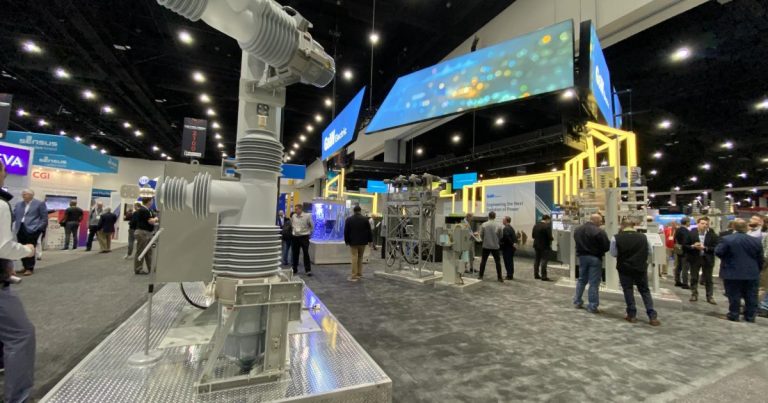How will AI shape the future of clean energy?
AI is in the air. I’m not able to open a social media app or newsletter without being reminded of the AI revolution. For the first time, it seems, the masses are understanding how AI and machine learning will change everything. Last week was the foremost utility trade show in the U.S. descended on the…






